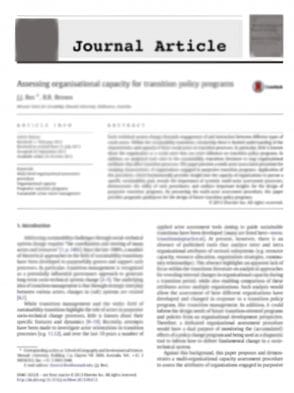The Impact of Unseasonably Warm Spring Temperatures on Acute Myocardial Infarction Hospital Admissions in Melbourne, Australia: A City with a Temperate Climate.
Abstract
The effects of extreme temperatures on human health have been well described. However, the adverse health effects of warm weather that occurs outside the summer period have had little attention. We used daily anomalous AMI morbidity and daily anomalous temperature to determine the impact of “unseasonable” temperature on human health. The “unseasonably” warm weather was attributed to a slow moving high pressure system to the east of Melbourne. No morbidity displacement was noted during either of these periods suggesting that morbidity due to “unseasonable” temperatures is avoidable. An increase in warmer weather during the cooler months of spring may result in increased morbidity, and an alert system based on summer thresholds may not be appropriate for early season heat health warnings. A straightforward alert system based on calculating anomalous temperature from daily weather forecasts may reduce the public health impact of “unseasonably” warm weather.
